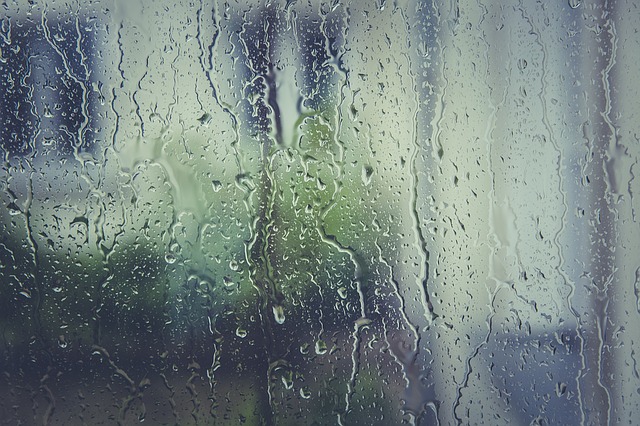Clean the gutters. Overflowing gutters can cause drainage problems and damage your siding, foundation, and landscaping. If you notice leaks in gutters or downspouts, call someone in to evaluate whether they need to be sealed/repaired or replaced.
Trim tree branches to keep them away from the roof and gutters—and make sure dead branches are removed.
Check your basement or crawlspace for leaks. If you have a basement, are there damp areas? Are there cracks in the walls or floor? Pay attention to any cracks that seem to be new and monitor any that are older, and if you have questions or concerns, have a professional evaluate the situation.
If you have a crawlspace, check for water on the floor and cracks in the walls. If you have questions or concerns, have a professional evaluate the situation. Do you have a vapor barrier in the crawlspace? Is it covering the area completely? If you have questions about vapor barriers or if you might need an existing barrier repaired or replaced, it’s also a good time to call in a professional to evaluate.
If you have a sump pump anywhere on your property, make sure it’s operating.
Inspect the perimeter around the outside of your home and inspect landscaping and lawns for water ponding. If you find that there is water ponding on the property—around the foundation, on the lawn, near fences, etc.—you might need to consult with a drainage expert.
Inspect the exterior of your home for cracks and gaps around windows or doors, as well as soft spots in the siding and trim. Some cracks or gaps might need caulking. It’s good to have a professional evaluate any concerns.
Look for moisture inside your window panes. Moisture could mean that window seals are worn out.
Inspect the inside of your home for damp spots, discoloration, or cracks. Look at ceilings, walls, and floors, and have a professional evaluate as needed.
Check attics and basements as well as under sinks, near tubs and showers, and around doors and windows for any signs of mold. If you do see signs, you’ll want to know what’s causing the mold to form. Further inspection by a professional can help identify causes and create a remediation plan.
Remember that regular visual inspections can go a long way in preventing damage to your property. Make sure to note changes and call in professionals for advice when needed.


